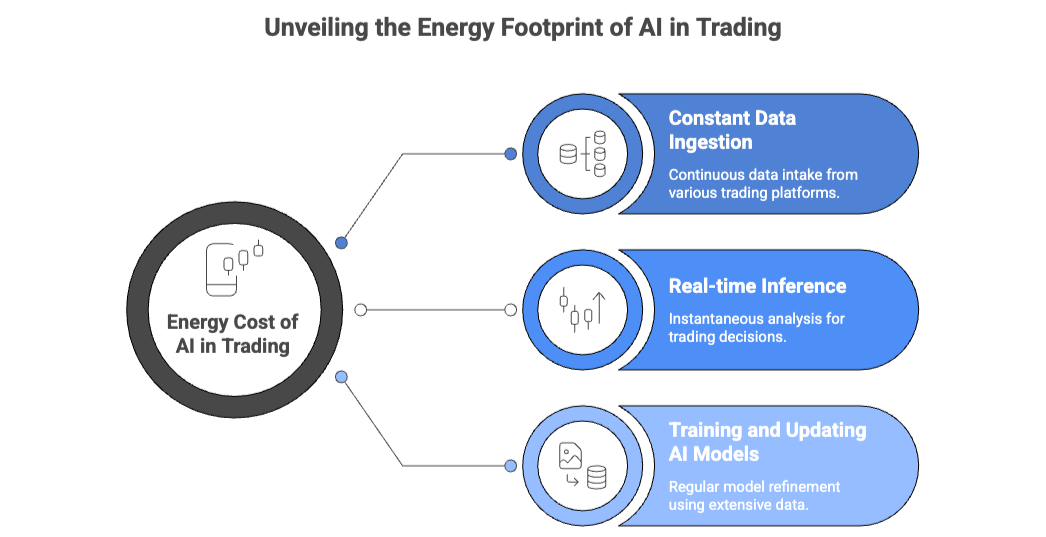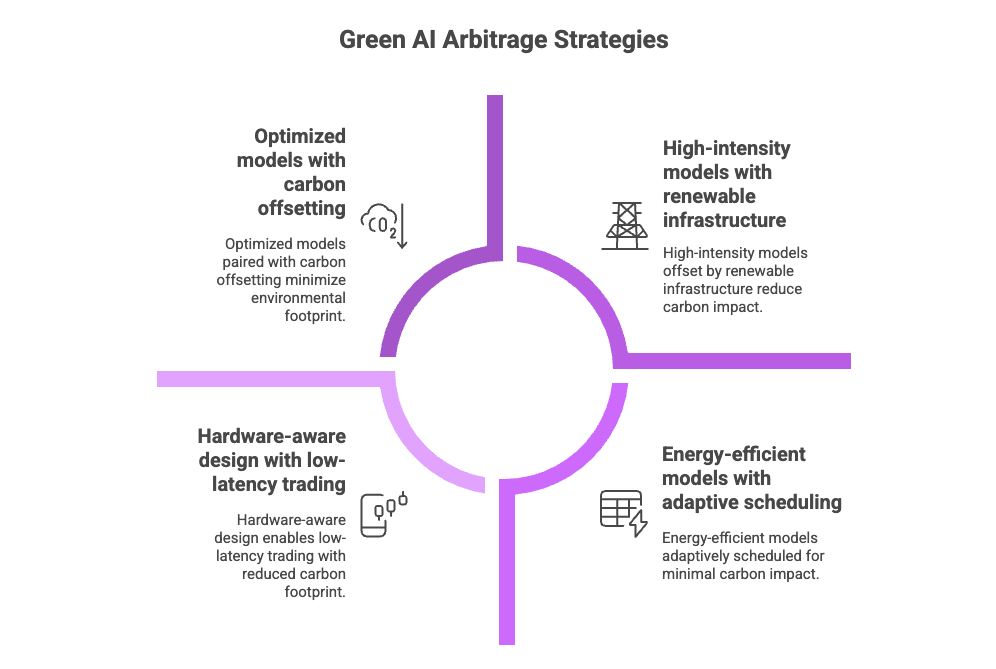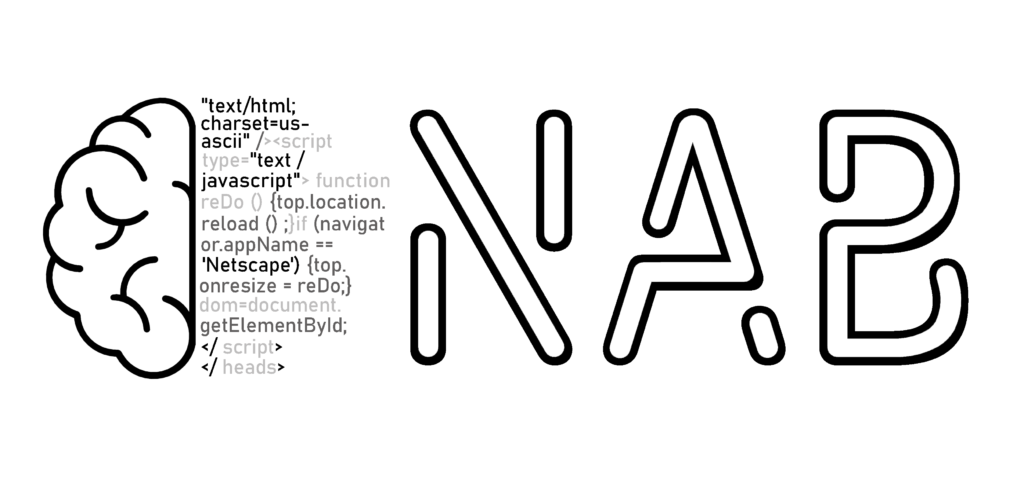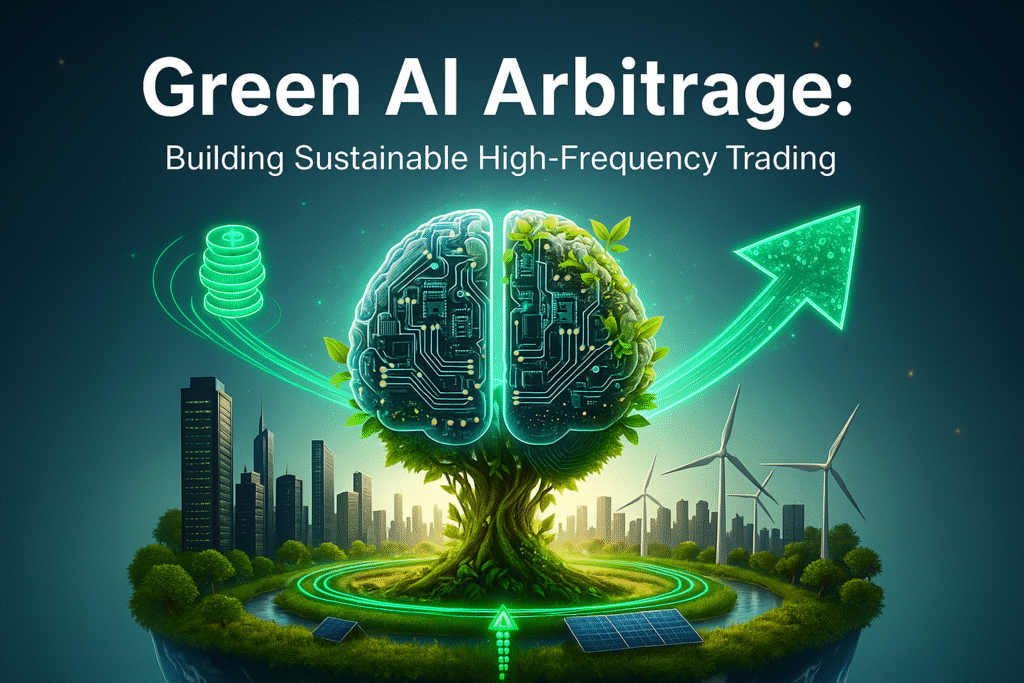Artificial intelligence has transformed arbitrage from a niche strategy into a high-frequency, algorithm-driven engine. But with great computational power comes a hidden cost: energy consumption and carbon impact.
Welcome to the era of Green AI Arbitrage—where profitability and sustainability converge. In this article, we’ll explore how traders, platforms, and institutions can optimize AI arbitrage workflows for energy efficiency, lower carbon footprints, and smarter compliance.
🌿 What Is Green AI Arbitrage?
Green AI Arbitrage refers to the integration of sustainable practices into AI-powered trading systems. Instead of simply maximizing profit at any cost, traders consider energy efficiency, carbon offsets, and responsible AI architectures as part of their arbitrage strategies.
It’s not just about saving the planet—it’s also about cutting operational costs, attracting ESG-conscious investors, and staying aligned with future regulations.
⚡ The Energy Cost of AI in Trading
Arbitrage algorithms demand enormous computational resources:
- Constant data ingestion across exchanges, assets, and markets.
- Real-time inference for trading signals in microseconds.
- Training and updating AI models on massive datasets.

A 2023 study estimated that training a single large AI model can consume as much electricity as powering 100+ U.S. homes for a year. When scaled to thousands of arbitrage bots, the environmental footprint is significant.
Without green practices, high-frequency AI arbitrage risks becoming both financially and ecologically unsustainable.
✏️ Principles of Green AI Arbitrage

Model Efficiency vs. Model Size
- Smaller, optimized models can achieve near-equal accuracy with less computational overhead.
- Techniques like model pruning, quantization, and distillation cut energy usage during inference.
Hardware-Aware Design
Adaptive Compute Scheduling
- Dynamically scale compute power based on market volatility.
- Run high-intensity models only when spreads and opportunities justify the energy cost.
Carbon-Neutral Offsetting
- Partner with blockchain-based carbon credit platforms.
- Offset unavoidable emissions via renewable energy projects.
⚙️ Why Sustainability Matters in Arbitrage
Green AI Arbitrage is not just a moral choice—it’s a strategic advantage:
- Investor Attraction – ESG mandates are driving capital toward sustainable trading platforms.
- Regulatory Alignment – Carbon reporting in financial services is becoming mandatory in many regions.
- Operational Efficiency – Energy-efficient AI models cut cloud costs and boost trading margins.
In other words, green practices enhance both returns and reputation.
🦾 How Platforms Can Adopt Green AI Trading
Platforms like NeuralArB can implement sustainability through:
- AI-powered carbon tracking per arbitrage transaction.
- A green trading mode, allowing users to prioritize eco-efficient arbitrage strategies.
- Partnerships with renewable-only cloud providers.
- Publishing green scores—metrics showing profitability balanced with environmental impact.
By building transparency into trading infrastructure, platforms not only appeal to investors but also future-proof against regulation.
🌐 The Future of Green Arbitrage
Looking ahead, sustainable arbitrage could evolve into:
- Carbon-labeled trades, embedding environmental impact directly into transaction data.
- Regenerative arbitrage, where profits fund renewable energy initiatives.
- AI optimizers that weigh financial gain vs. carbon cost in real time.
The firms that pioneer these approaches will not only lead markets—they’ll set global sustainability benchmarks.
💬 Frequently Asked Questions (FAQ)
What is Green AI Arbitrage?
Green AI Arbitrage integrates sustainability into AI-powered trading by optimizing energy efficiency and offsetting carbon emissions.
How does AI trading impact the environment?
High-frequency AI trading consumes significant electricity for data processing, model training, and live execution—contributing to carbon footprints.
Can sustainable trading improve profitability?
Yes. Efficient models and renewable-powered infrastructure lower costs, while ESG-focused strategies attract more investors.
Will regulators require sustainable AI trading in the future?
It’s highly likely. With growing global mandates on ESG and carbon transparency, financial regulators may enforce reporting on the energy impact of high-frequency AI trading.
Can small traders implement Green AI Arbitrage, or is it only for institutions?
Both can benefit. Individual traders can run optimized models on energy-efficient hardware or green cloud providers, while institutions can scale sustainability into their entire trading infrastructure.
What is the difference between ethical AI arbitrage and Green AI arbitrage?
Ethical AI arbitrage focuses on fairness, transparency, and preventing manipulation. Green AI arbitrage specifically targets sustainability and environmental efficiency in AI-driven trading.
🧠 Final Thoughts: Profit Meets Planet
The future of arbitrage belongs to those who can balance speed, profit, and responsibility. By adopting Green AI Arbitrage, traders ensure that high-frequency strategies remain not only profitable but also sustainable in an era where efficiency and ethics go hand in hand.
In the race for alpha, sustainability may become the ultimate arbitrage opportunity.


